“Dealing with persistent skin issues can be challenging, but knowledge is power. Discover effective strategies to manage neurodermatitis and reclaim your skin’s health.”
Introduction
Have you ever noticed red, itchy patches on your neck, elbows, eyelids, or other areas of your skin? These patches might start as mild irritation but can become thicker, rougher, and more uncomfortable over time—especially if you scratch them repeatedly. This condition could be neurodermatitis, a common skin problem that affects many people.
In this guide, we’ll explain what neurodermatitis is, its symptoms, causes, and treatment options. We’ll also share practical tips to manage the condition and improve your quality of life. Let’s get started.
1. What Is Neurodermatitis?
Neurodermatitis is a chronic skin condition that causes intense itching and thickened, leathery patches on the skin. These patches, often called “lichenified” skin, develop due to repeated scratching or rubbing. About 11–12% of people experience neurodermatitis, making it a relatively common issue.
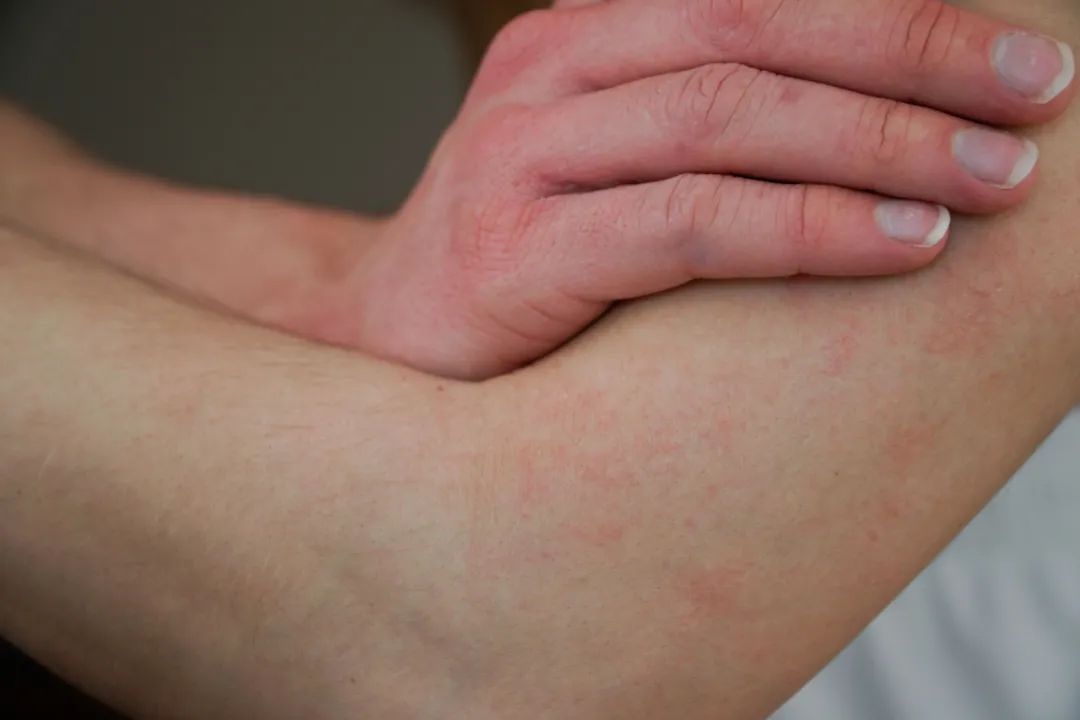
Key Characteristics:
- Itching: The most noticeable symptom, often worsening at night.
- Skin Changes: Affected areas become rough, scaly, and darker than the surrounding skin.
- Common Locations: Neck, elbows, eyelids, wrists, ankles, and lower back.
2. How Does Neurodermatitis Affect Daily Life?
Living with neurodermatitis can be challenging. Here’s how it might impact you:
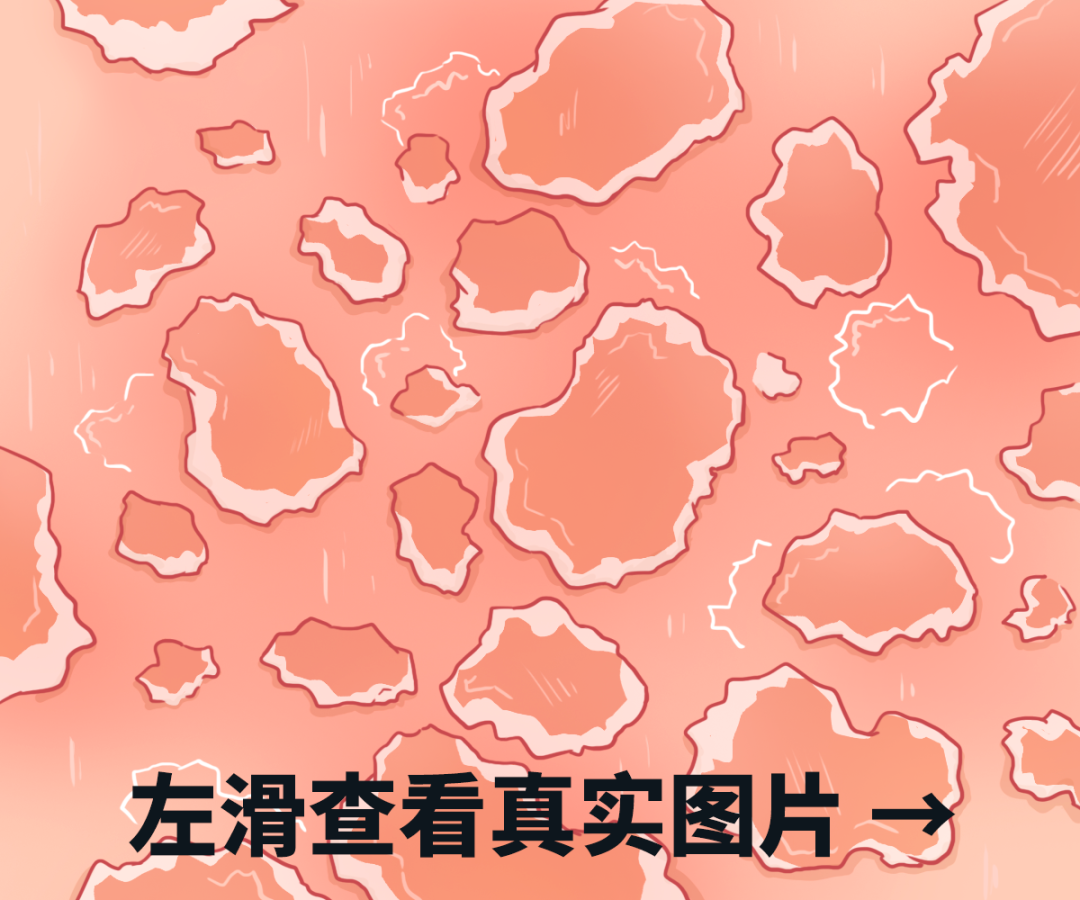
- Constant Discomfort: The urge to scratch can distract you from work, studies, or sleep.
- Skin Damage: Scratching may lead to infections, scarring, or permanent skin thickening.
- Emotional Stress: Sleep loss and frustration over persistent symptoms can cause anxiety.
3. Types of Neurodermatitis
There are two main types of neurodermatitis:
3.1 Localized Neurodermatitis
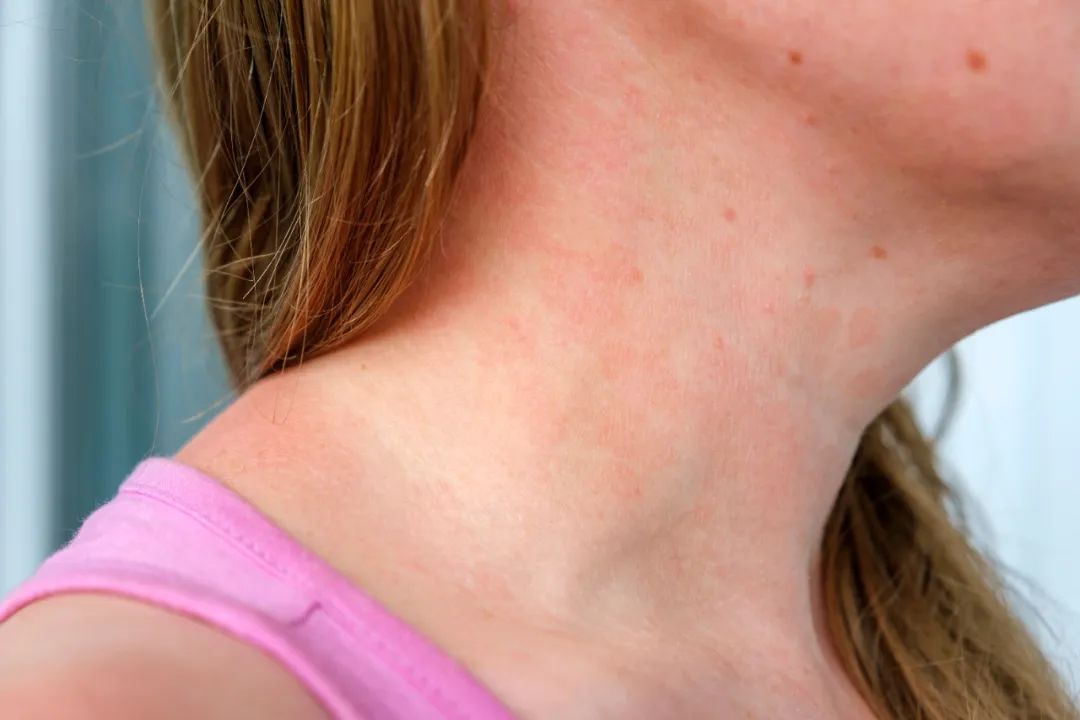
- Appearance: A single patch of thickened skin (2–6 cm wide) with clear borders.
- Common Areas: Neck, elbows, eyelids.
- Triggers: Tight clothing, friction, or stress.
3.2 Disseminated (Widespread) Neurodermatitis
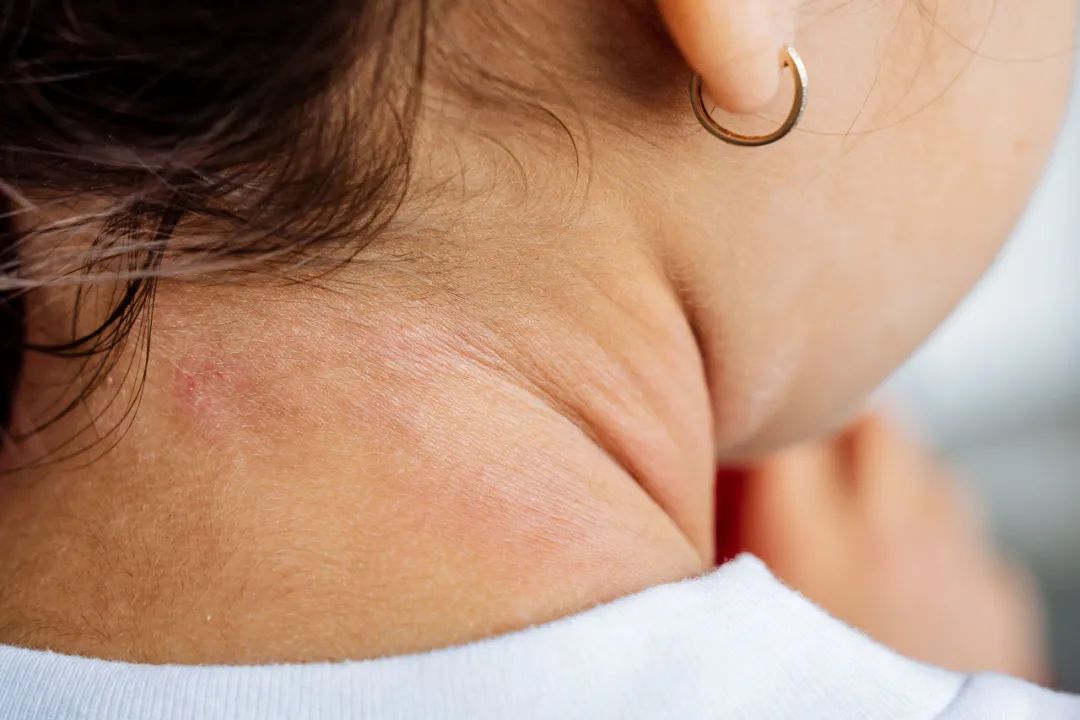
- Appearance: Multiple itchy patches across the body (e.g., scalp, arms, legs).
- Severity: Itching often intensifies at night, leading to sleep disruption.
- Risks: Scratching can cause open wounds, increasing infection risk.
4. What Causes Neurodermatitis?
While the exact cause is unclear, these factors may trigger or worsen symptoms:

- Stress and Anxiety: Emotional tension is strongly linked to flare-ups.
- Skin Irritation: Rubbing from clothing, jewelry, or sweating.
- Hormonal Changes: Fluctuations during menstruation or pregnancy.
- Environmental Factors: Dry weather, heat, or allergens.
5. How Is Neurodermatitis Treated?
The primary goal is to stop the itch-scratch cycle. Here are common approaches:
5.1 Medications
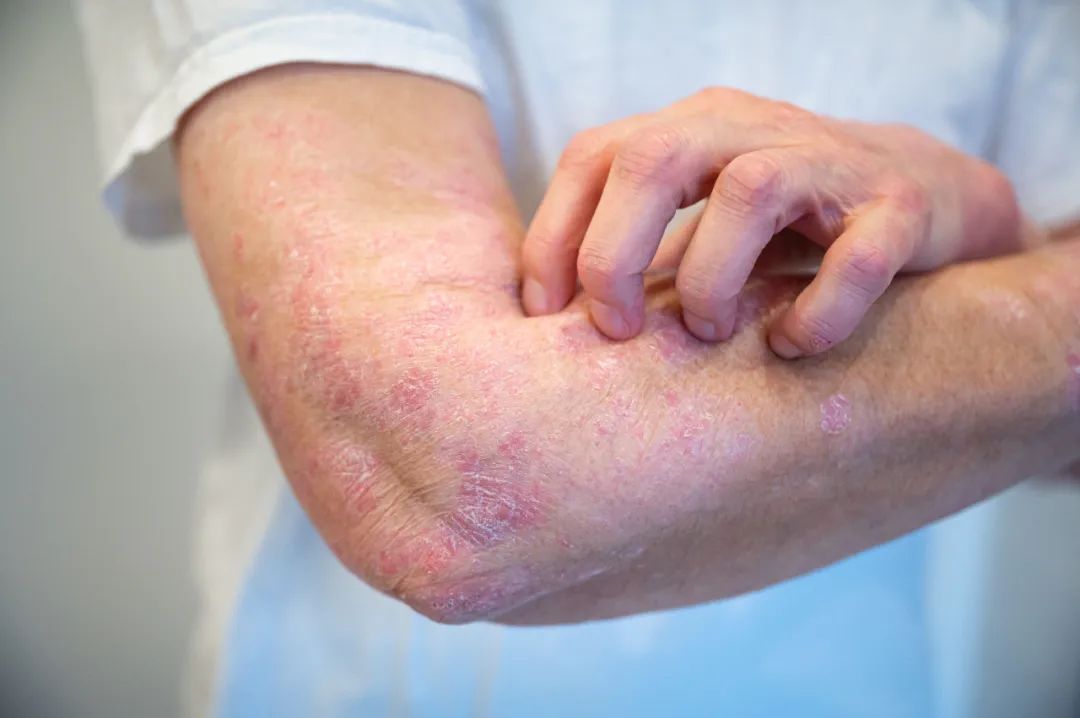
- Antihistamines: Reduce itching (e.g., cetirizine, loratadine).
- Topical Steroids: Creams or ointments to calm inflammation (use under medical guidance).
- Moisturizers: Repair the skin barrier and reduce dryness.
5.2 Lifestyle Adjustments

- Avoid Triggers: Wear loose clothing, manage stress, and keep nails short to prevent scratching.
- Cool Compresses: Soothe itchy areas with a damp, cool cloth.
5.3 Advanced Therapies
- Light Therapy: UV light treatments to reduce inflammation.
- Counseling: Stress-management techniques to address emotional triggers.
Important: Never self-prescribe steroid creams or strong medications—they can cause side effects. Always consult a doctor.
6. When to Seek Professional Help
Consider consulting a dermatologist if:
- Symptoms don’t improve with over-the-counter treatments.
- The itching disrupts your sleep or daily activities.
- You notice signs of infection (e.g., pus, swelling, fever).
7. How Online Consultations Can Help
If visiting a clinic is difficult, online dermatology services offer a convenient solution. Here’s what they can address:
7.1 Persistent Skin Issues
- Examples: Eczema, acne, or recurring rashes.
- Benefits: Get personalized treatment plans from home.
7.2 Unidentified Skin Changes
- Examples: New moles, bumps, or rashes.
- Benefits: Upload photos for a quick assessment and next-step advice.
7.3 Complex or Recurring Cases
- Examples: Conditions that resist standard treatments.
- Benefits: Access expert opinions without waiting for appointments.
8. How to Prepare for an Online Consultation
Follow these steps for effective communication:
- Take Clear Photos:
- Use natural lighting.
- Focus on the affected area.
- Avoid filters or edits.
- Describe Your Symptoms:
- Duration, triggers, and prior treatments.
- Any relevant medical history.
- Submit Your Case:
- Use a trusted platform to connect with licensed dermatologists.
9. Frequently Asked Questions (FAQ)
Q1: Can neurodermatitis be cured?
A: While there’s no permanent cure, symptoms can be managed effectively with treatment and lifestyle changes.
Q2: Is scratching harmful?
A: Yes—scratching damages the skin and worsens inflammation. Try patting or icing the area instead.
Q3: Are natural remedies effective?
A: Some (like oatmeal baths or coconut oil) may soothe mild symptoms, but always consult a doctor first.
Conclusion
Neurodermatitis can be frustrating, but understanding your condition and seeking timely help can make a big difference. By avoiding triggers, following treatment plans, and using online resources, you can regain control of your skin health.
If you suspect neurodermatitis or need guidance, don’t hesitate to reach out to a healthcare professional. Relief is possible!
Note: For accurate diagnoses, provide doctors with clear photos and medical history during online consultations.
